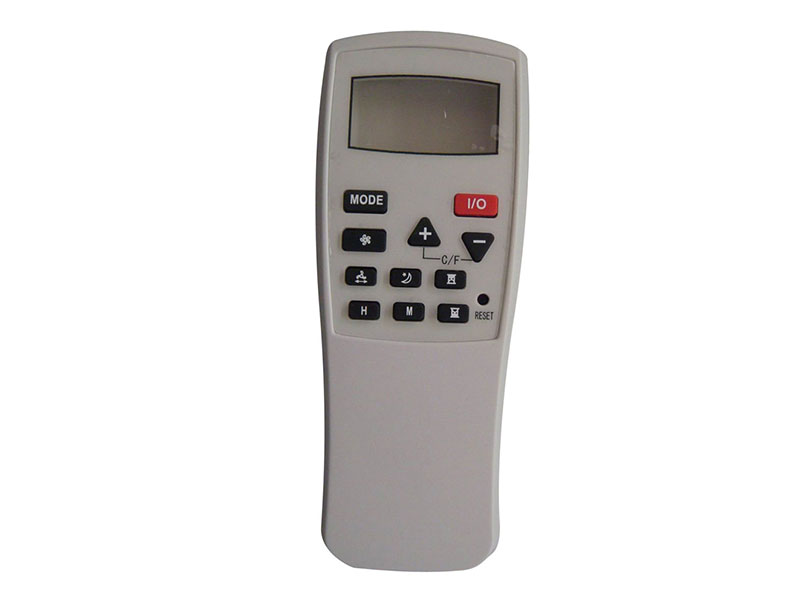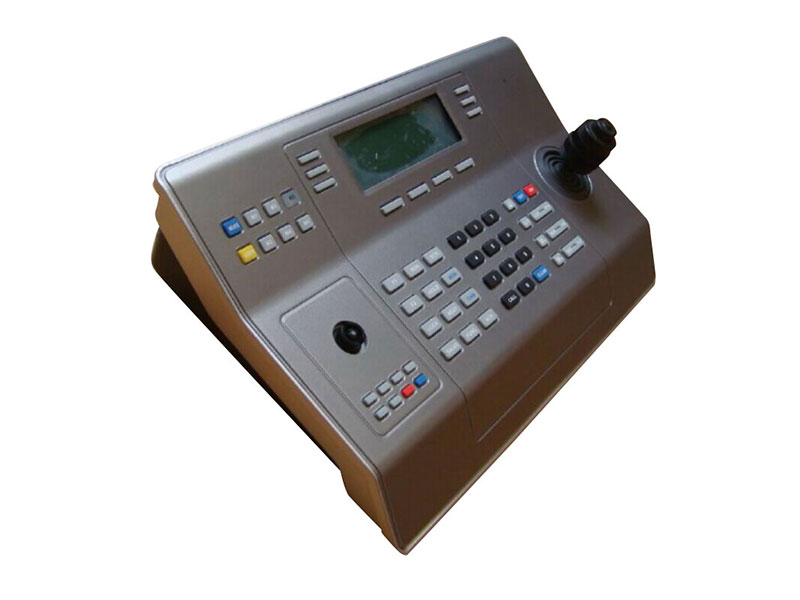03-29
What are acrylic lenses? What are the advantages?
As is well known, the material of acrylic lenses is polymethyl methacrylate, abbreviated as PMMA. We usually refer to it as organic glass. After electroplating with PMMA, a mirror effect product is formed. Usually, different mirrors are produced according to customer needs due to different electroplating conditions, such as single-sided mirrors produced by electroplating on one side, double-sided mirrors produced by electroplating on the other side, rubber mirrors produced by electroplating on other different plastics, semi lenses produced by electroplating on semi transparent plastics, paper mirrors, etc.
Acrylic lenses are widely used and very convenient to use, so they are loved by people and are also seen and used in our daily lives. Due to its stable chemical properties, it can maintain good stability not only in acidic environments but also in alkaline environments, both acid and alkali resistant. They are called plastic crystals. To put it bluntly, transparent plastic lenses. Due to its stable chemical properties, it is also the preferred choice recommended by the factory to customers.
The advantages of acrylic lenses: 1. The transparency can be adjusted according to customer needs, with a transparency of up to 92%, which can generally meet customer needs. 2. Chemical stability is strong, acid and alkali resistance is good, so it will not corrode acrylic lenses due to bad outdoor environment. 3. Replacing glass lenses, as is well known, is a common type of lens. The great advantage of these lenses is their high transmittance, which is commonly used. But there is a particularly big drawback, which is that accidentally breaking it can cause subsequent damage to the human body, but acrylic lenses have overcome this very well. 4. Strong hardness. The acrylic lenses currently used are generally 1 meter high and have no signs of falling on the ground. But if you replace glass lenses, even if they are 20 centimeters high, they can still break into pieces. 5. Good glossiness, the glossiness of acrylic lenses can look 99.99% glossiness, so many people like to use acrylic lenses as trophies, and the ones inside the medals look great. 6. Strong plasticity. After high-temperature heating, acrylic lenses can be modified according to their shape or images can be modified using laser. It can be customized according to needs, very convenient.
Comparing acrylic lenses and plastic lenses, it can be found that the effects of the two types of lenses are almost the same. However, specifically, acrylic lenses are more affordable and cost-effective, while PC lenses are relatively expensive and have lower cost-effectiveness than acrylic lenses. The main difference between acrylic lenses and PC lenses lies in their different uses. Acrylic lenses are mainly used in daily life. Due to its high thermal performance, PC lenses are commonly used in space, aerospace, and other fields. It can also be used for bulletproof purposes. So according to their respective performance, there are different prices and market uses. In terms of processing, acrylic lenses are relatively easy to process, while plastic lenses are relatively troublesome to process. At present, acrylic lenses can be made through mechanical processing, thermoplastic molding, blow molding, plastic molding, solvent bonding, hot stamping, screen printing, and main vacuum electroplating methods, making secondary processing more convenient.













